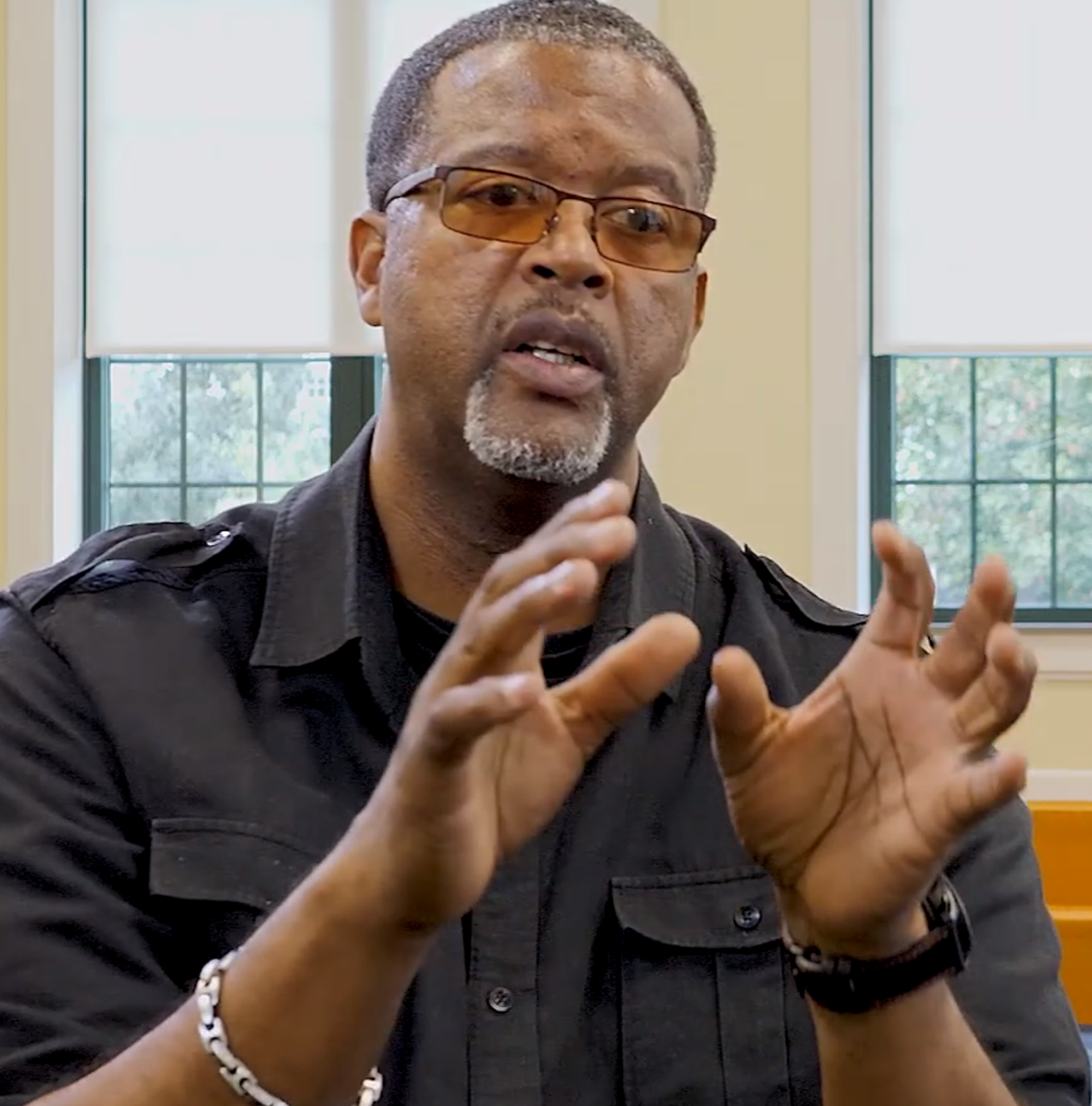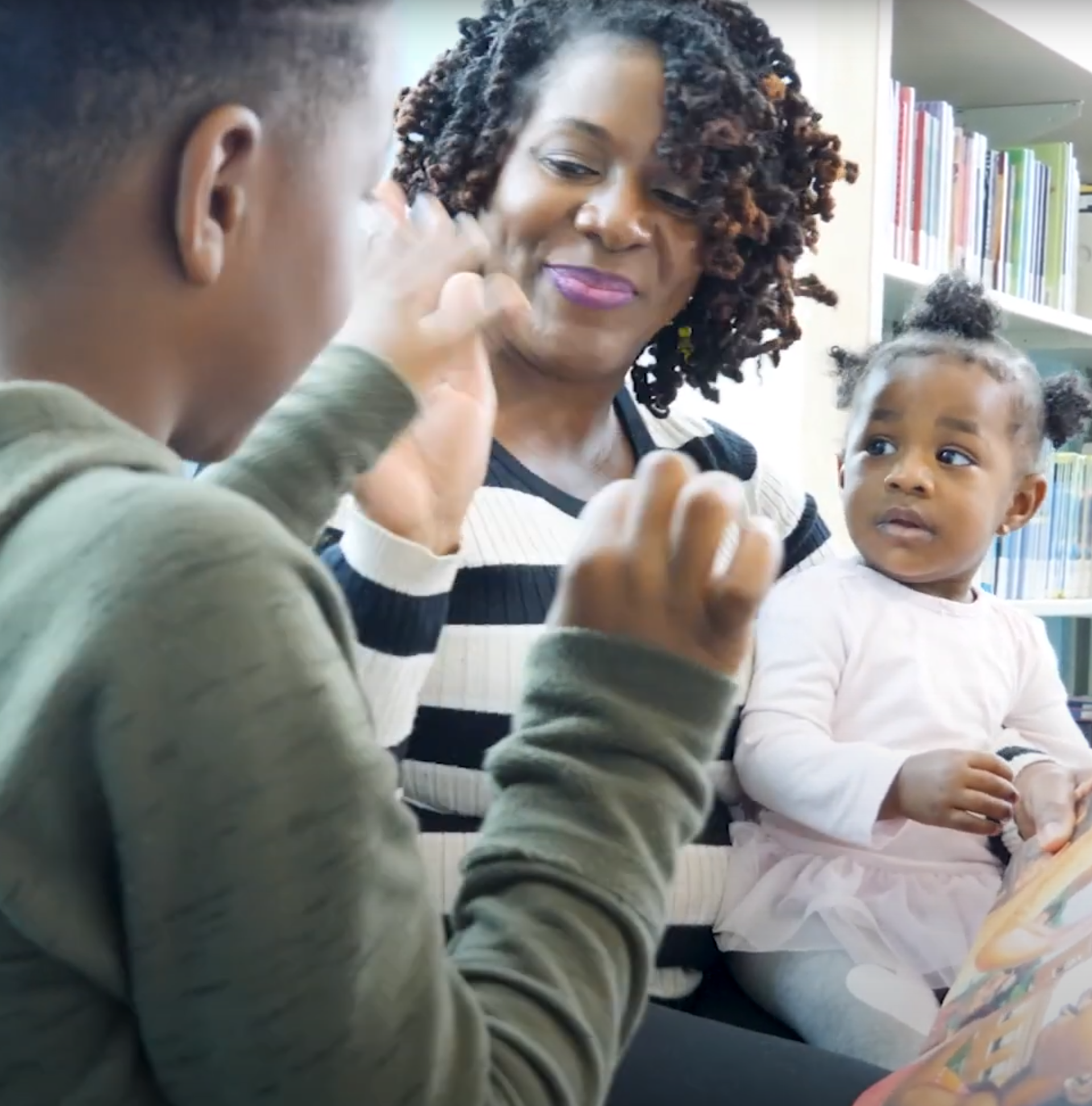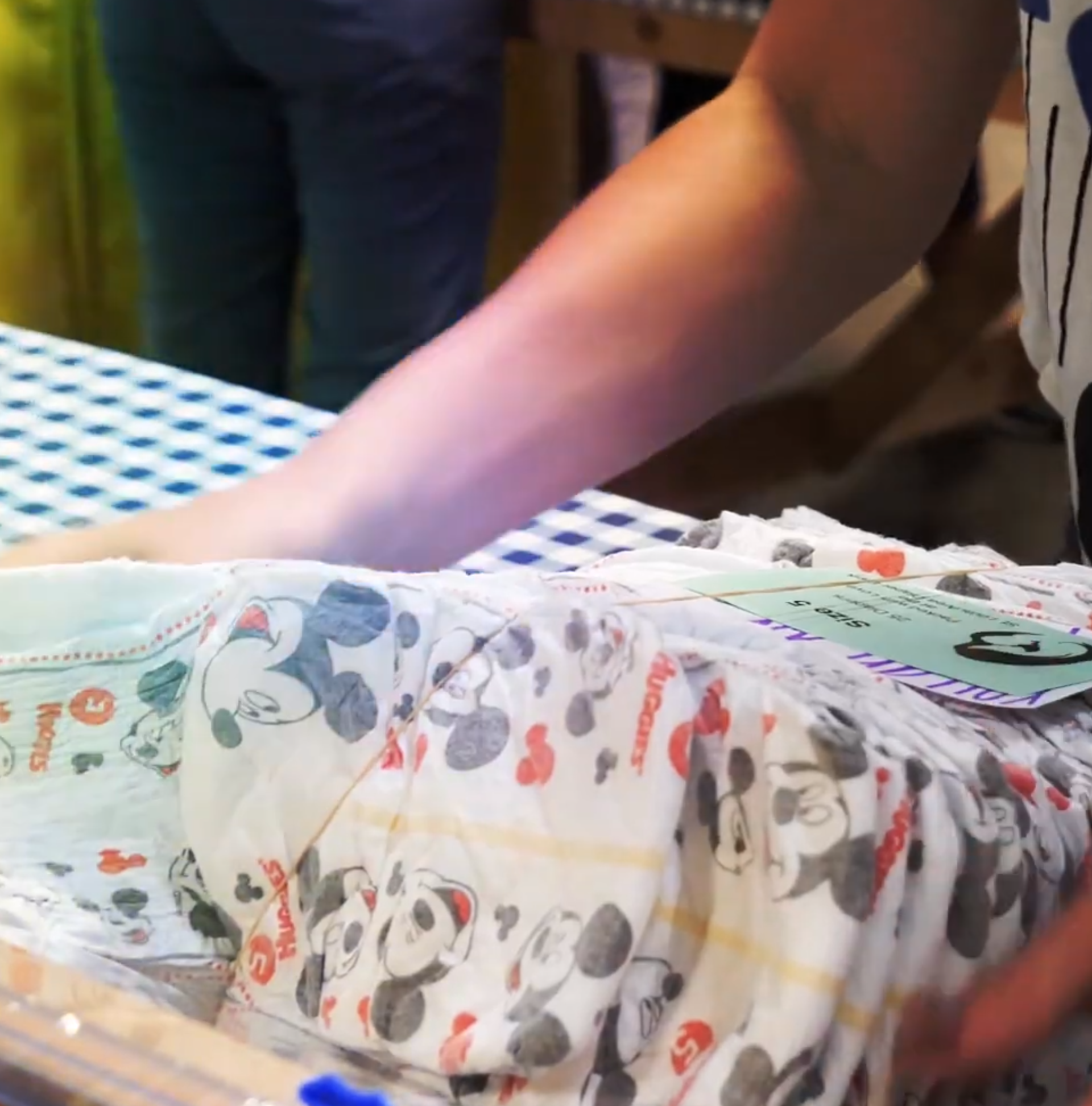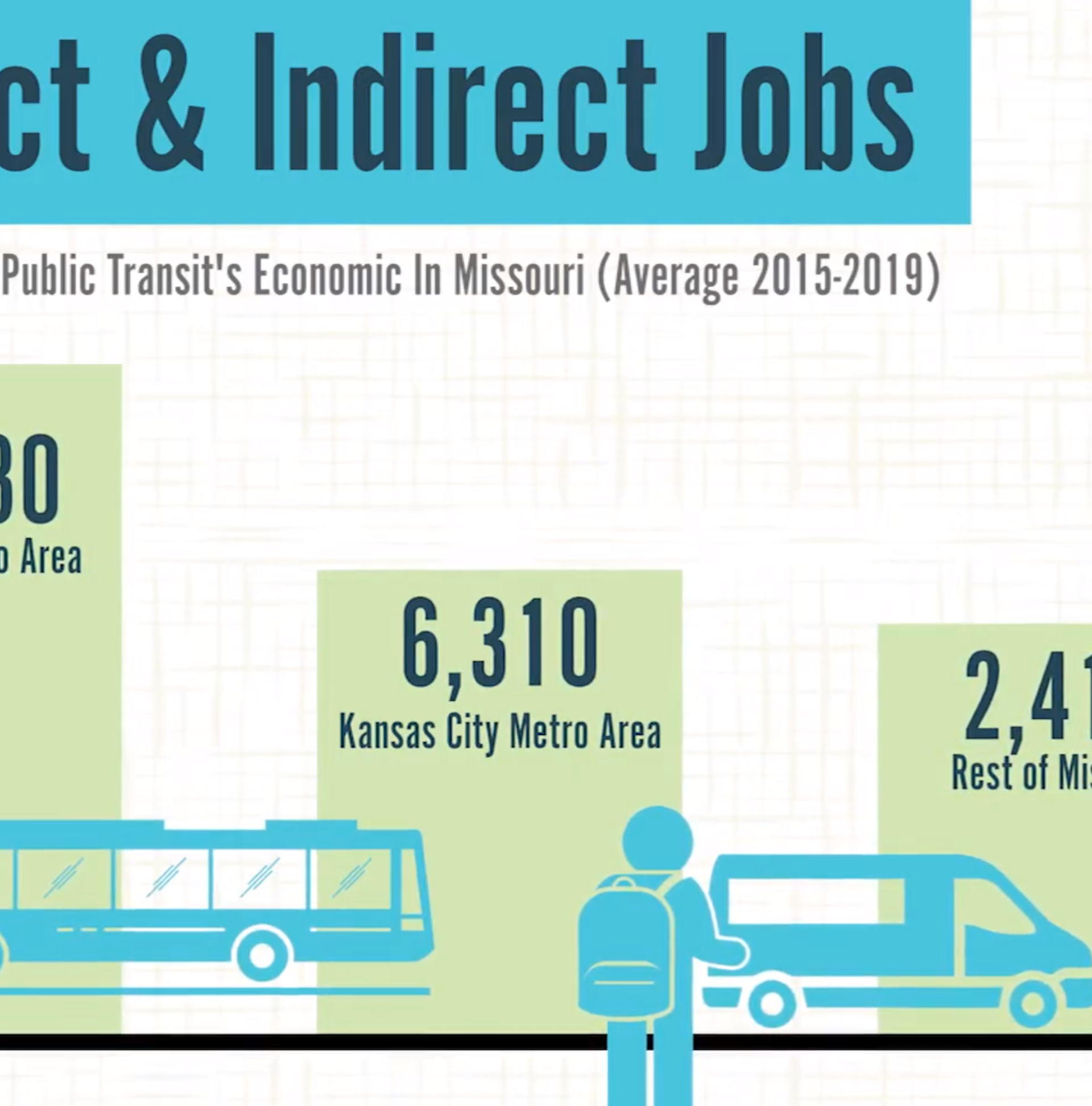Storytelling is one of the most powerful tools a nonprofit can use to connect with its audience, drive engagement, and inspire action. But what makes a story stick in people’s minds? Why do we remember narratives better than statistics, and why do we feel more compelled to donate, volunteer, or advocate when we hear a compelling story rather than just seeing the numbers?
The answer lies in neuroscience—the way our brains are wired to process, retain, and emotionally engage with stories. Understanding the science behind storytelling can help nonprofits craft more effective narratives that not only capture attention but also drive meaningful change.
The Brain’s Built-In Love for Stories
From ancient cave paintings to modern social media, storytelling has always been at the core of how humans communicate. Our brains are hardwired to process information in a narrative format, and that’s not just an opinion—it’s biology.
When we hear a compelling story, our brains light up in ways that go far beyond simple language processing:
- Neural Coupling: A well-told story creates a phenomenon called neural coupling, where the listener’s brain activity mirrors that of the storyteller. This helps people feel more connected and engaged.
- Oxytocin Release: Emotional stories trigger the release of oxytocin—the “bonding hormone”—which fosters empathy and trust. That’s exactly what nonprofits need to build strong relationships with donors and volunteers.
- Dopamine and Memory Retention: A story with emotional highs and lows triggers dopamine release, which enhances attention, motivation, and memory retention. That’s why people are far more likely to remember a nonprofit’s mission and impact when it’s delivered as a story rather than a list of facts.
Why Data Alone Won’t Get the Job Done
Many nonprofits rely heavily on data to make their case. And while numbers are important, they don’t create the same emotional connection that stories do. When people are presented with just statistics, their brains shift into analytical mode—but they don’t necessarily feel compelled to act.
In contrast, a study by Carnegie Mellon found that people were more likely to donate when presented with the story of a single person in need rather than a set of statistics about a larger crisis. This is known as the identifiable victim effect—we relate to individuals more than faceless groups.
The takeaway? Data informs, but stories inspire action. The best nonprofit messaging combines both—emotionally compelling stories backed by data for credibility.
What Makes a Nonprofit Story Stick?
Not all stories are created equal. The most effective nonprofit narratives follow a structure that aligns with how the brain processes information. Here’s what makes a story memorable:
- A Relatable Protagonist – People connect with people. Whether it’s a beneficiary, a volunteer, or a donor, the story should focus on a single individual to create an emotional bond.
- Conflict and Struggle – Every great story has tension. What challenge did this person face? What obstacles did they overcome? Without struggle, there’s no emotional investment.
- A Resolution with Hope – People want to see transformation. How did the nonprofit make a difference? Hopeful stories inspire action more than tragic ones alone.
- A Clear Call to Action – What do you want your audience to do after hearing the story? Donate? Volunteer? Share? Always make the next step clear.
How Nonprofits Can Use Video and Podcasts to Bring Stories to Life
Written stories are great, but multimedia storytelling—especially video and podcasts—takes engagement to the next level. These formats engage multiple senses, making stories feel more immersive, memorable, and shareable.
Using Video to Drive Action
Video is one of the most powerful tools for nonprofit storytelling. Studies show that people remember 95% of a message when they watch it in a video, compared to just 10% when reading text. That’s a huge difference.
Here’s how nonprofits can use video to drive impact:
- Short Testimonials: Feature real people sharing their experiences in 1-2 minute clips.
- Day-in-the-Life Documentaries: Follow a beneficiary or volunteer to show real-world impact.
- Live Storytelling & Events: Use live streams to engage supporters in real time.
- Behind-the-Scenes Content: Show the dedication behind your work to build trust.
- Donor Thank-You Videos: A personal thank-you from beneficiaries or staff makes a big impression.
Best Practices for Nonprofit Video Storytelling:
- Keep it short—1-3 minutes is the sweet spot.
- Make it personal—focus on emotions and individual stories.
- Use captions—85% of Facebook videos are watched without sound.
- End with a clear call to action—donate, volunteer, or share.
Podcasting: Building Deeper Connections Through Audio
Podcasts give nonprofits a way to tell longer, more in-depth stories and connect with an audience who prefers listening over watching. Unlike video, podcasts fit seamlessly into people’s daily routines—whether they’re driving, working out, or cooking dinner.
How nonprofits can use podcasts for storytelling:
- Interviews with Beneficiaries & Volunteers – Let them share their experiences in their own words.
- Mission-Driven Series – Create episodes that explore the issues your nonprofit tackles.
- Behind-the-Scenes Discussions – Give listeners a peek into the inner workings of your organization.
- Expert Insights & Thought Leadership – Bring in industry experts to discuss related topics.
- Event Recaps & Donor Spotlights – Highlight major fundraising efforts and recognize key donors.
Best Practices for Nonprofit Podcasting:
- Keep it conversational—listeners connect with authenticity.
- Invest in good audio—poor sound quality can turn people away.
- Stay consistent—release episodes on a regular schedule.
- Repurpose content—use podcast clips for social media, blogs, and email campaigns.
Consistency is the Key to Long-Term Impact
One of the biggest mistakes nonprofits make with storytelling is treating it as a one-time effort. A single compelling story won’t carry your organization’s message indefinitely. To build lasting engagement and donor trust, storytelling needs to be a consistent, ongoing effort.
- Regular content keeps your audience engaged. Whether through video, podcasts, or written content, frequent storytelling keeps your nonprofit top of mind.
- Repetition reinforces your message. People rarely act after hearing something once. The more they hear your stories, the more likely they are to take action.
- Consistency builds credibility. When people see regular updates about your impact, they’re more likely to trust and support your organization.
- Storytelling evolves with your nonprofit. Your mission stays the same, but your stories change. Highlighting fresh narratives ensures your messaging stays relevant.
Bringing It All Together
For nonprofits looking to boost fundraising and engagement through storytelling:
- Tell stories, not just share facts. Data alone won’t move people—stories will.
- Use video and podcasts to enhance storytelling. These formats make stories more engaging.
- Be consistent. Storytelling isn’t a one-and-done effort—it’s an ongoing strategy.
- Make it easy to share. The more shareable your content, the more reach your nonprofit will have.
- Always include a call to action. Don’t leave people guessing what to do next.
Need Help Getting Started?
If you’re looking to launch or expand your nonprofit’s video or podcasting efforts, We’d love to help. Reach out, and let’s talk about how we can bring your stories to life in a way that drives real results.





